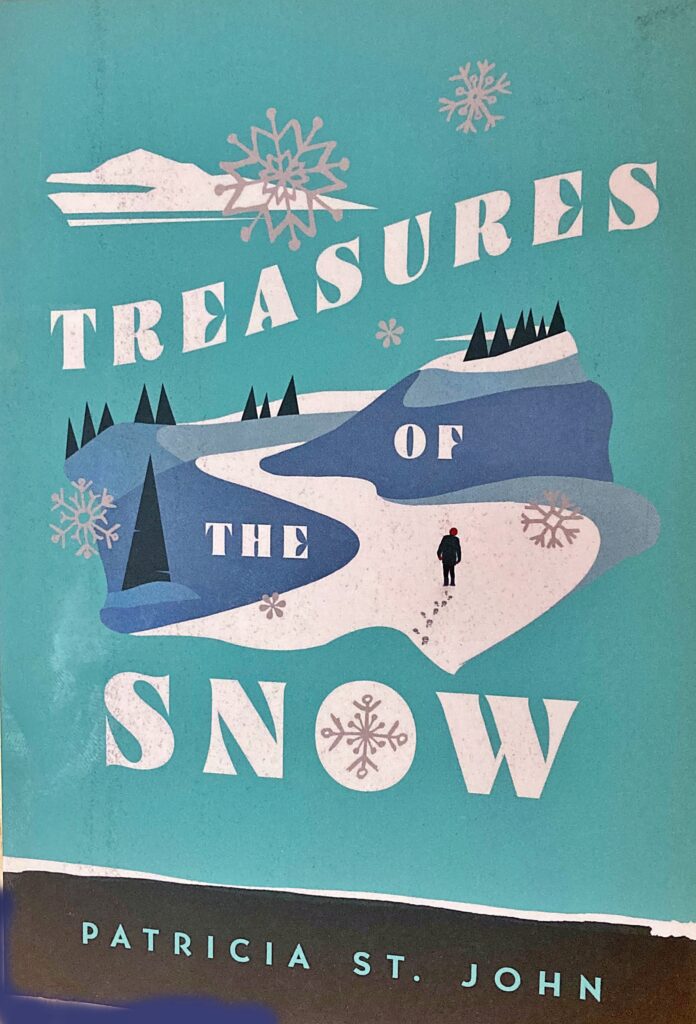
When friends moved to an unnamed North African country, they urged us to read Patricia St. John’s Star of Light—which is set in an unnamed North African country—to help us understand our friend’s new environment. I was charmed by its characters: dimply Kinza and courageous Hamid. I was also intrigued by the way St. John deftly tied gospel applications into the story’s fabric.
St. John sensitively tackles the traumatic circumstances children face. The Tanglewoods’ Secret showcases the Good Shepherd, who saves to the uttermost and carries his sheep all the way home. Its young protagonist Ruth, whose friend sustained disabling, eventually fatal, injuries, asks an old shepherd why God hadn’t answered her prayers to spare her friend’s life. The shepherd, Mr. Tandy, said that, if he had an injured sheep that couldn’t run in steep, stony pastures, Ruth might appeal to him on behalf of the sheep. If Mr. Tandy moved that lamed sheep to a better pasture where the ground was easy, Ruth would not accuse the shepherd of not caring about the sheep. Ruth was comforted to think of Jesus, the Good Shepherd, taking her injured friend to the sweeter pastures of heaven.
In Rainbow Garden, as in her other books, St. John weaves a key Scripture throughout the story, so readers not only memorize the verse but know how it applies in a variety of situations. In Rainbow Garden, the seed that is watered then blossoms through the story is the shimmering hope from Psalm 16: “You will show me the path of life, in Your presence is fullness of joy.”
If you have elementary-age children, or even if you don’t, and you have not read St. John’s books, start with Treasures of the Snow. When I read it to our children, it captured their imaginations; they spent weeks acting it out. Decades later, one of our sons said a scene in that book still defined courage for him. It is the book that showed Chuck that literature can be more enthralling than film.
The Secret at Pheasant Cottage compellingly presents the friend of sinners as the resurrection and the life. It deals tenderly with the death of a parent. The father’s dying words are, “It’s the best, happiest ending . . . and it’s all bright in front.” That brightness, shining against the background of suffering, is what I love about St. John’s books. They are good books that complement the Good Book.
Linda
Chuck & Nancy